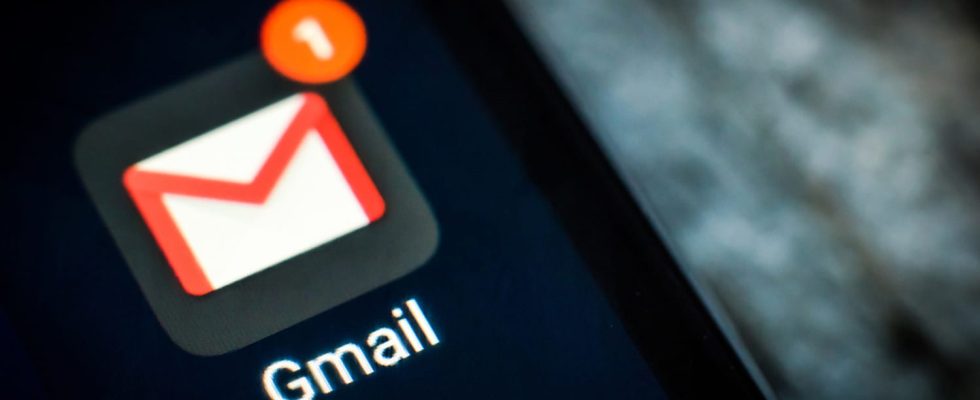In exactly 10 days, new Gmail rules will come into effect, aimed at blocking a large number of incoming emails.
According to Google, Gmail’s artificial intelligence prevents more than 99.9% of all spam, phishing and malware from reaching inboxes. Every day, this defense blocks nearly 15 billion spam emails, but now, almost 20 years after Gmail launched, the threats are more complex and pressing than ever.
That’s why Google just introduced new requirements for bulk senders (those who send more than 5,000 messages to Gmail addresses per day) to make your inbox even safer and spam-free. Currently, many bulk senders do not properly secure their systems, making scams easier. Google will therefore make emails more secure by ensuring that the sender is who they say they are.
Last year, Google introduced a rule stating that emails sent to Gmail must be authenticated, which proved effective as it led to a 75% reduction in fraudulent messages for Gmail users. Google now requires large senders to authenticate their emails according to recognized security standards to prevent abuse. Google also insists that it should be easy to unsubscribe from unwanted emails, and it should be able to be done with just one click. In the future, senders will need to offer this option to recipients, allowing them to easily unsubscribe. Google will also limit the amount of spam senders can send – and this measure is taken to keep your inbox clean. This should help further reduce unwanted emails.
However, these changes will also have consequences for daily Gmail users. Some of the messages they expect may no longer arrive in their inbox once the new rules are adopted. Indeed, many companies, especially smaller ones, are not aware of Google’s new requirements. It is therefore possible that they do not comply and that the messages they send you end up being forgotten.
During this transition period, Gmail users are therefore recommended to take a much more regular look at their “spam” box to see if expected messages have not slipped in by mistake. If this is the case, you must click on Gmail’s “no spam” button to put the messages back in the inbox and, above all, prevent Gmail from sending this type of message to spam in the future. .
